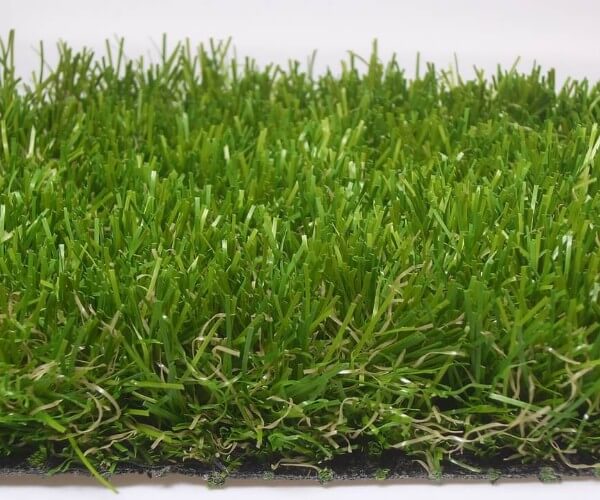- Turf
- Artificial
- Soil
- Timber
- Composite Decking
- Paving & Stone
Get In Touch With Our Experts Today!
Give us a Call! - Seed & Fertiliser
- Dressing
- Bark

December 18, 2017 Turf TipsWinter Tips
Over the last few weeks we have talked a lot about how to handle real turf during the winter months, looking at what you should and shouldn’t be doing at this time of year and how to manage adverse weather conditions. However, what should you do during the winter months if you are the proud owner of artificial grass? Taking care of artificial grass is a different ball game, so to speak, and therefore you need to be armed with the right information to make sure you’re maintaining yours correctly, especially during months with harsher weather. So, what do you need to be aware of? We’ve shared a few helpful tips below:
If, as we have in the Home Counties over the past week, you experience snowfall heavy enough to settle onto your garden then there are a couple things you need to think about. Firstly, if you are using a shovel to clear any snow or ice, ensure that you use a plastic shovel rather than a metal one – using a metal shovel could cause damage to the grass fibres. You can use salt from time to time to remove snow from your lawn but be aware that any residue may cause blockages in your artificial turf and lead to drainage problems if used too frequently. It’s not a good idea to just leave snowy residue on artificial grass as it will likely compact and freeze, which can be especially dangerous if it is walked upon and can also lead to damaged grass.
At this time of year, it’s much more common for you to be facing heavy rainfall rather than heavy snowfall. Rain shouldn’t be too much of a problem for your artificial lawn, provided that it was installed correctly and has proper drainage. It’s a good idea to keep an eye on your lawn during the heavier rain storms just to make sure that it is not becoming waterlogged and no is being caused. One benefit of artificial turf during this kind of weather is not having to worry about muddy footprints through the house!
If you have pre-warning that some particularly adverse weather is on its way, you could consider really going that extra mile to protect your artificial grass and save the aggravation of clearing snow at a later date. To add an extra layer of protection, you could always lay a waterproof tarpaulin across your lawn. This is a synthetic material just like your turf, but I’m sure you would rather lose this to bad weather than your whole garden.
Artificial grass is really low maintenance throughout the year, but requires a little extra care when it comes to winter months. The colder weather can wreak havoc on your garden but if you’re well prepared then you shouldn’t have too much bother with it. Ultimately, the lawn should not be damaged by a long frost, or fall to pieces if walked on. It is advisable to avoid walking on snowy or frozen artificial grass where possible, as this just helps to avoid any potential damage – and will also make it less likely for an unfortunate slip!